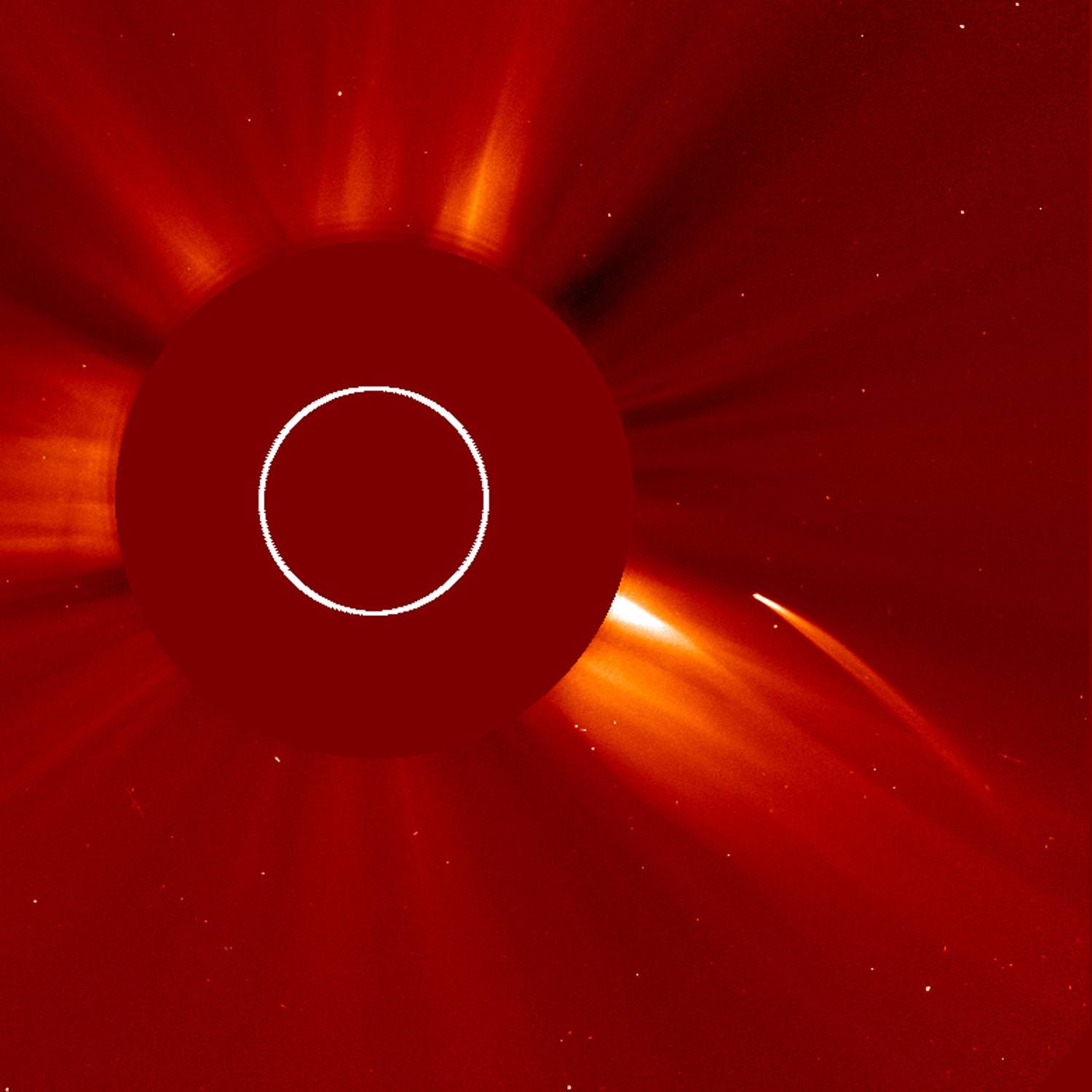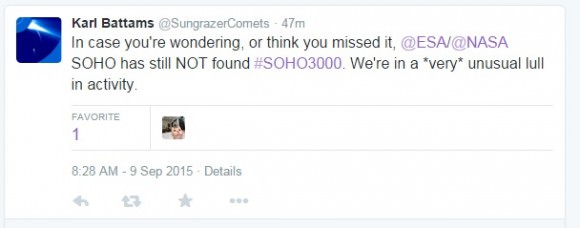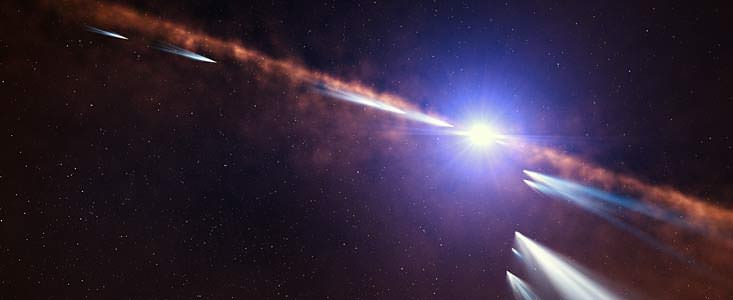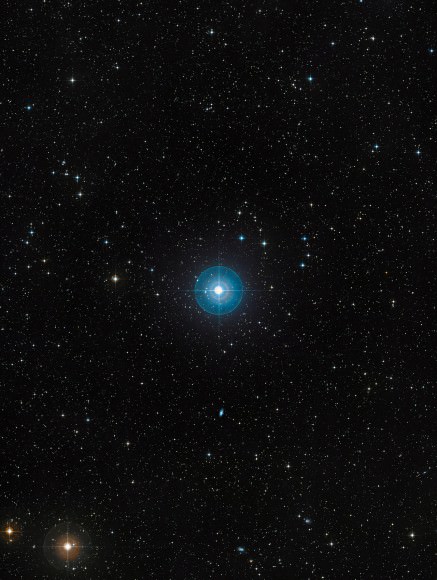It’s a discovery that could come any day now.
The Solar Heliospheric Observatory spacecraft known as SOHO is set to cross the 3,000 comet discovery threshold this month. Launched atop an Atlas II rocket on December 2nd, 1995, SOHO is a joint NASA/ESA mission, and has observed the Sun now for almost 20 years from the sunward L1 lagrange point. That fact is amazing enough, as SOHO has already followed the goings on of our tempestuous host star for nearly two full solar cycles.
And though SOHO wasn’t initially designed as a comet hunter extraordinaire, it has gone on to discover far more comets than anyone—human or robotic.
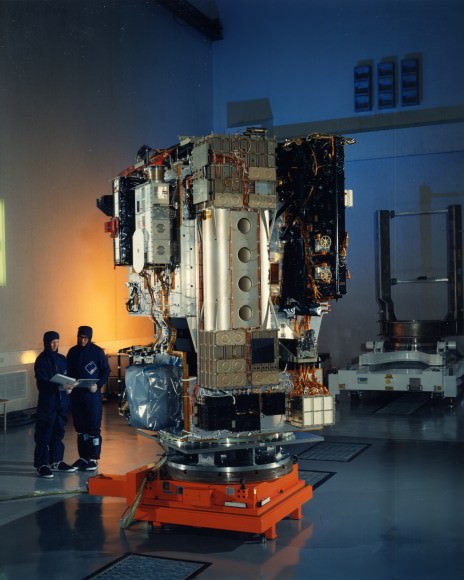
The U.S. Naval Research Laboratory’s (NRL) sungrazer website lists the discovery count as 2,987 as of July 31, 2015, with more comets awaiting verification daily. “In the past, SOHO has often discovered as many as four or five comets in a single day,” Karl Battams, a solar scientist at the NRL told Universe Today. “Suffice to say, it really could be any day now, given how close we are to 3,000! I actually expected it to be a month ago, so I’m surprised it’s dragging out like this. Predicting comets is fraught with uncertainty!”
Part of what gives SOHO an edge is its LASCO (the Large Angle and Spectrometric Coronagraph) C2 and C3 coronagraphs. With a field of view about 15 degrees wide, the C3 imager monitors the faint corona of the Sun, while blocking its dazzling disk. The corona is the pearly white outer atmosphere of the Sun, and is about half as bright as a Full Moon. On Earth, we only see the corona briefly during a total solar eclipse. SOHO routinely sees sungrazing comets ‘photobomb’ the view of its LASCO C3 camera, sometimes to the tune of more than 200 a year.
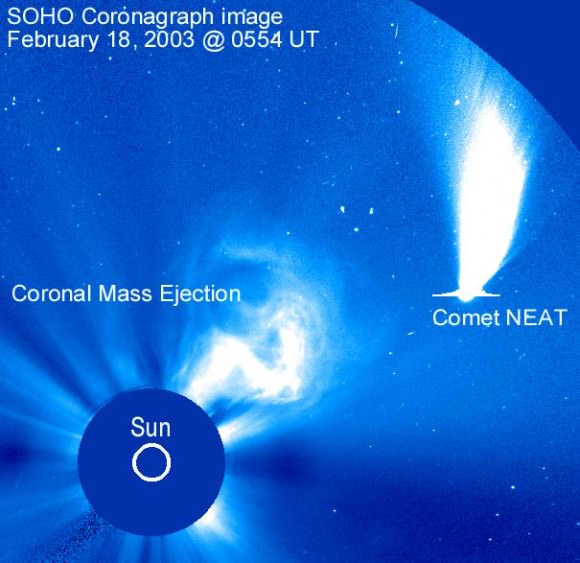
SOHO has rewritten the history of sungrazers. How far we’ve come: flashback to 1979, and less than a dozen sungrazers were known, one being the famous Comet Ikeya-Seki in 1965. Early space-based platforms such as Solwind and SMM sported early coronagraphs, and paved the way for SOHO. Think about that for a moment; a vast majority of the cometary population of the solar system was simply sliding by, unobserved from the ground. And this was only a generation ago.
Most of what SOHO sees are what’s termed as Kreutz group sungrazers. First theorized by astronomer Heinrich Kreutz in 1888, SOHO has given researchers the ability to classify and characterize the orbits of these doomed comets. These sungrazers nearly always incinerate during their perihelion passage. C/2011 W3 Lovejoy was a famous exception, which passed about 140,000 kilometers from the surface of the Sun on December 16th, 2011 and went on to become a fine southern hemisphere comet.
“We knew little of the Kreutz population, other than that it seemed there were ‘a few’ objects on the Kreutz path,” Battams said. “I would say that probably when the Sungrazer Project was launched in late 2000 was the point at which the team realized that this was something more than just seeing an occasional comet.”

Kreutz comets also have seasons and predictable directions of approach along the ecliptic as seen from SOHO’s point of view. Some periodic comets, such as 96P Machholz, — which orbits the Sun once every six years — have become old friends. To date, SOHO has observed 96P Machholz four times.
Upping the Comet Hunting Game
But here’s the amazing second half of the tale. Legions of dedicated amateurs make these discoveries, patiently combing over daily images sent back by SOHO. In many ways, SOHO has grown up with the rise of the internet. Think about it: what was your internet surfing experience like way back in 1995? Karl Battams at NRL relays these discoveries to the Central Bureau for Astronomical Telegrams, the clearing house for potential comet discoveries. Founded in 1882 and based at Harvard College Observatory since 1965, CBAT actually received its last ‘telegram’ announcing the possible discovery that would become Comet Hale-Bopp in 1995.
The rise of automated surveys and satellites such as SOHO has definitely upped the game. To date, the all-time human champ amongst comet hunters is Robert H. McNaught, with the discovery of 44 long-period and 26 short-period comets.
And I think we can all remember where we were on U.S. Thanksgiving Day 2013, as SOHO gave us a front row seat to the demise of Comet ISON. It’s been a roller coaster ride for sure, and it’s hard to imagine a time now when we didn’t have SOHO as a daily resource. Heck, it’s just fun to watch planets transit the field of view of SOHO, as they move from the dawn to dusk sky and back again.
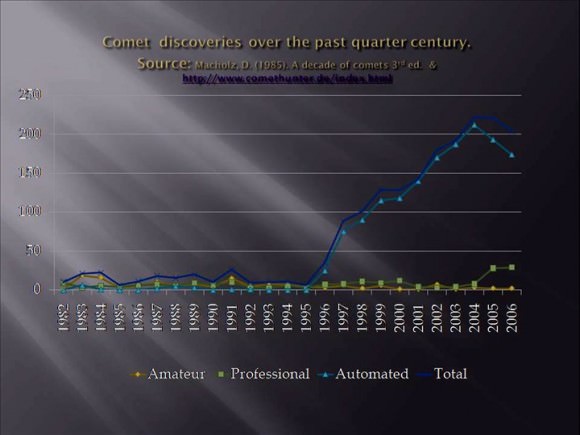
Comet hunting via SOHO is fun and easy to do, though yes, there are lots of eyeballs out there looking, so you have some pretty dedicated competition. Patience is key, and there’s also a dedicated message board describing the latest discoveries and known objects entering the field of view that have already been identified.
“What’s the future of SOHO? “December is SOHO’s 20th anniversary, so that’s another milestone,” Battams said. “Beyond that, who knows? Engineers designed SOHO to operate for two years, and with no intention of comet discovery; it has lasted 20 years and re-written the history books for comets. It remains the only coronagraph we have along the Sun-Earth line, so for space weather forecasting it remains a unique and valuable asset.”
Congrats, and be sure to follow Karl Battam’s @SungrazerComets account on Twitter… number 3,000 could be discovered any day now!

